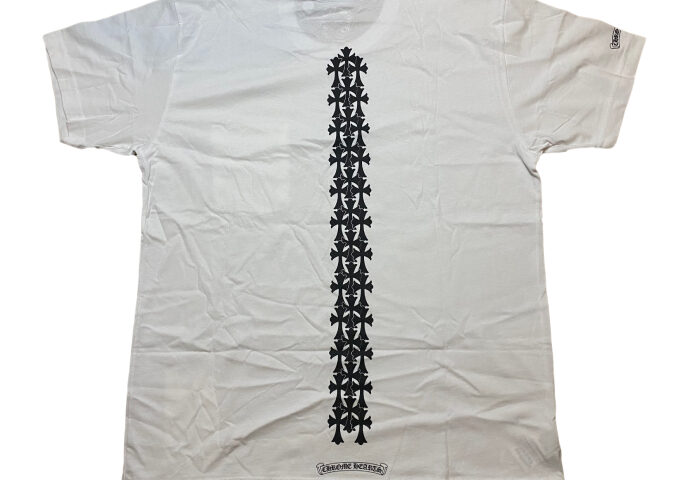Pampas grass, with its elegant feathery plumes, has become a trendy and beloved addition to home decor and floral arrangements. Whether you’ve recently pruned your pampas grass or you’ve decided to bring some of the outdoors inside, drying pampas grass is an excellent way to preserve its beauty for an extended period. In this step-by-step guide, we’ll walk you through the process how to dry pampas grass to maintain its aesthetic appeal.
1. Choose the Right Time for Harvesting
The best time to harvest pampas grass for drying is in the late summer or early fall. During this period, the plumes are usually at their peak in terms of fullness and color. It’s essential to choose healthy plumes that haven’t started shedding or turned brown, as they’ll dry more successfully.
2. Safety Precautions
Before you begin the drying process, it’s essential to take some safety precautions. Pampas grass can be sharp and may irritate your skin. Wear gloves when handling it, and consider protective eyewear to shield your eyes from any loose fibers.
3. Prune the Plumes
Using sharp pruning shears or scissors, prune the pampas grass plumes at the base, leaving a few inches of stem attached. Select the plumes you want to dry, ensuring they’re free from pests or diseases. It’s a good idea to prune more plumes than you think you’ll need, as some may not dry perfectly.
4. Bundle the Plumes
Gather the pruned pampas grass plumes into manageable-sized bundles, typically around 4 to 6 stems per bundle. Use a piece of twine or string to tie the stems together securely, creating small bouquets.
5. Hang the Bundles Upside Down
Find a dry, well-ventilated, and preferably dark or dimly lit space for drying. Attics, garages, or any room with good airflow are suitable options. Hang the bundled pampas grass upside down from a hook or rod. Make sure there’s enough space between each bundle to allow air circulation.
6. Avoid Direct Sunlight
While pampas grass needs some light to dry effectively, direct sunlight can cause the plumes to fade or become brittle. Keep the drying area well-lit but away from direct sunlight.
7. Be Patient
Drying pampas grass is a gradual process that can take several weeks. During this time, the plumes will naturally dry and retain their shape and color. It’s essential to be patient and avoid disturbing the drying process.
8. Check for Dryness
After a few weeks, check the pampas grass plumes for dryness. They should feel brittle to the touch and maintain their color. If they still seem flexible or retain moisture, give them more time to dry.
9. Trim the Stems
Once your pampas grass plumes are completely dry, you can trim the stems to your desired length. Use sharp scissors or pruning shears to cut them evenly and remove any damaged portions.
10. Display and Enjoy
Now that your pampas grass is dried and trimmed, it’s ready to be displayed. Pampas grass plumes can be used in a variety of ways, such as floral arrangements, wreaths, or simply placed in a vase to add a touch of natural elegance to your home decor.
Tips for Drying Pampas Grass
- Avoid high humidity areas, as excessive moisture can hinder the drying process.
- If you find that some plumes shed excessively during drying, you can use a gentle hairspray to help set the loose fibers in place.
- Pampas grass plumes are delicate, so handle them with care to prevent breakage.
- Dust the dried plumes occasionally to keep them looking fresh and clean.
- Pampas grass is flammable, so keep it away from open flames or sources of heat.
Drying pampas grass is a rewarding and straightforward process that allows you to enjoy its beauty and texture long after it’s been harvested. By following these steps and tips, you can create stunning home decor and arrangements that showcase the timeless charm of pampas grass.
FAQs:
1. Can I dry pampas grass at any time of the year?
- It’s best to harvest pampas grass for drying in late summer or early fall when the plumes are at their peak. During this period, they are less likely to shed and have the best color and fullness.
2. How do I prevent the plumes from shedding during drying?
- To minimize shedding, be careful when handling the plumes, and choose healthy ones without signs of pests or disease. You can also lightly spray the plumes with hairspray to set any loose fibers in place.
3. Can I speed up the drying process for pampas grass?
- Drying pampas grass is a gradual process, and trying to speed it up can result in brittle or faded plumes. It’s best to be patient and allow them to air dry naturally.
4. How do I keep the pampas grass plumes looking fresh after drying?
- To keep your dried pampas grass looking fresh, occasionally dust the plumes with a soft brush or cloth. Avoid exposing them to direct sunlight, as this can cause fading.
5. What should I do if the plumes become too long for my display?
- If the plumes are longer than you need, you can trim the stems with sharp scissors or pruning shears to your desired length. Be careful not to damage the plumes while cutting.
6. Can I use dried pampas grass in floral arrangements and wreaths?
- Yes, dried pampas grass is a popular choice for floral arrangements, wreaths, and other decorative crafts. Its feathery plumes add an elegant and natural touch to various creations.
7. Is pampas grass flammable, and are there safety precautions I should take?
- Yes, pampas grass is flammable, so avoid placing it near open flames or heat sources. When using it in decorative displays, be cautious around candles or other fire hazards.
8. How do I know when the pampas grass plumes are completely dry?
- Dried pampas grass plumes should feel brittle to the touch and maintain their color. If they still seem flexible or retain moisture, give them more time to dry.
These FAQs should provide you with essential information on drying pampas grass and maintaining its beauty for your home decor and creative projects.





